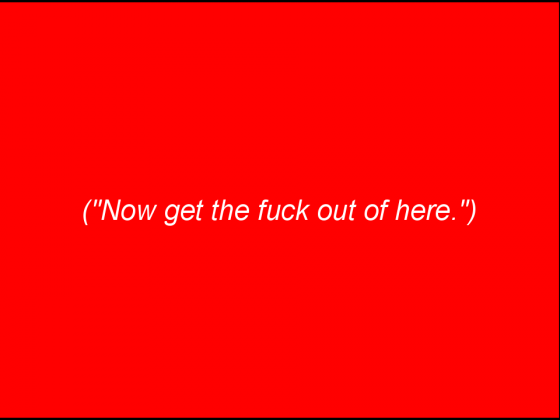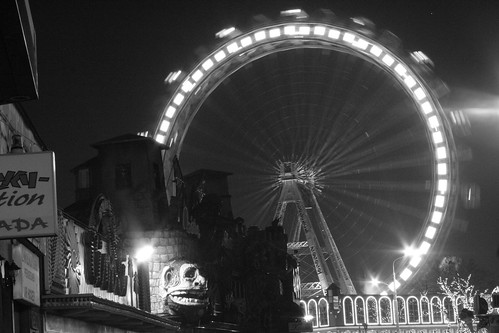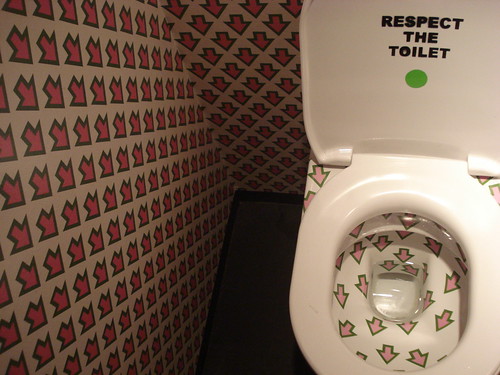My last post was already somehow related to documentaries – Bananas* in this case. For some reasons, I’m thinking a lot about documentaries at the moment (this also has personal reasons but they don’t matter for what I’m thinking about). I came to find documentaries interesting for a lot of different reasons.
First of all, they may not all want to be overtly persuasive or activistic, but they sure want to present ‘reality’ and so they have to persuade you of a certain perspective, a certain framing of an issue. For the time you’re watching a documentary and ideally after that, you’re supposed to accept a certain type of portrayal of the world as real. Which essentially is also what advertising is trying to do, although on a mostly more dull level, with a tiny bit less involvement of everybody involved. (Yes, that’s kind of what I wanted to say.)
Another thing I find interesting about documentaries is that that lots of them have a purpose. Sure, there are loads of artistic documentaries or animal or nature documentaries, but from what I’m now being exposed to, there are loads and loads of activist docs out there. These are films that are supposed to document stuff, but they often have an underlying message, a POV, a call to arms or something similar. Bananas* is an example for such a documentary. It might now want to tell you straight in your face, but after watching it you’re supposed to feel like an arse when you buy Dole Bananas. Same is true for Pipe and Shell. For most food documentaries. And for many more. I think this is interesting from the culture creation POV.
And when you think about it, most feature length docs are produced with production budgets that aren’t that far away from your 45 second TV commercial. 90 minutes of passionate framing of an issue for the price of a TV commercial? Hmm …
Then of course there’s the aesthetic view on docs. I think most of them are really, really beautiful. They have this authentic look and feel while looking absolutely great. Schwarzkopf for example looks totally sharp.
Goodnight Nobody is poetic and beautiful.
Oh, and documentaries have this knock for delivering a triangulation of perspectives. They often cover an issue from an individual view, giving insights into the subjective meaning of whatever issue, but then they also show social interactions around the topic (usually there’s some sort of social object around) as well as presenting an analysis or opinion on it’s cultural implications. And even if they don’t do it, they provide you with lots of cues and inspiration.
That said, I still have to go and watch Abendland:
(Would anybody in the plannersphere join me for SXSW film instead of interactive?)




